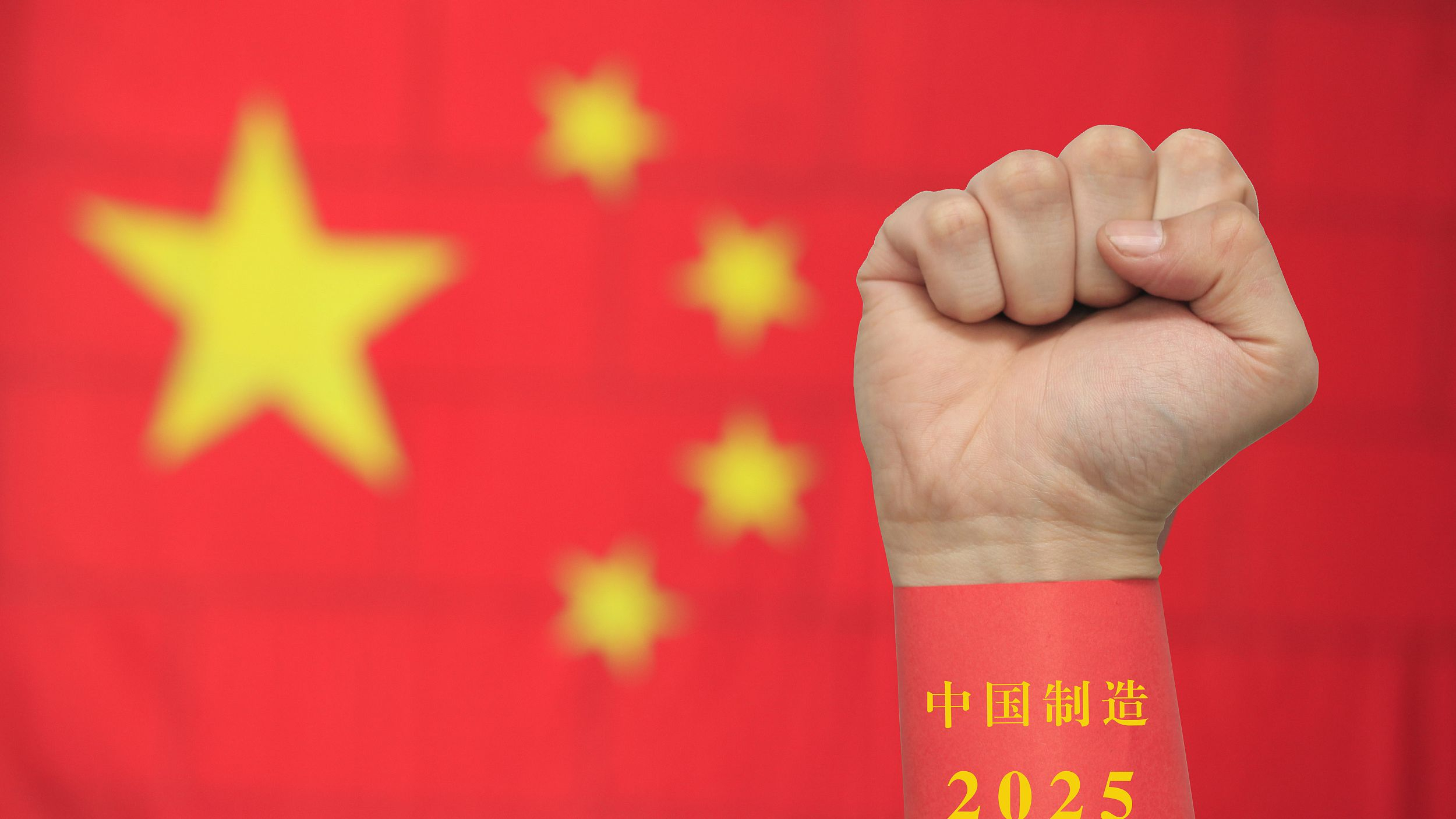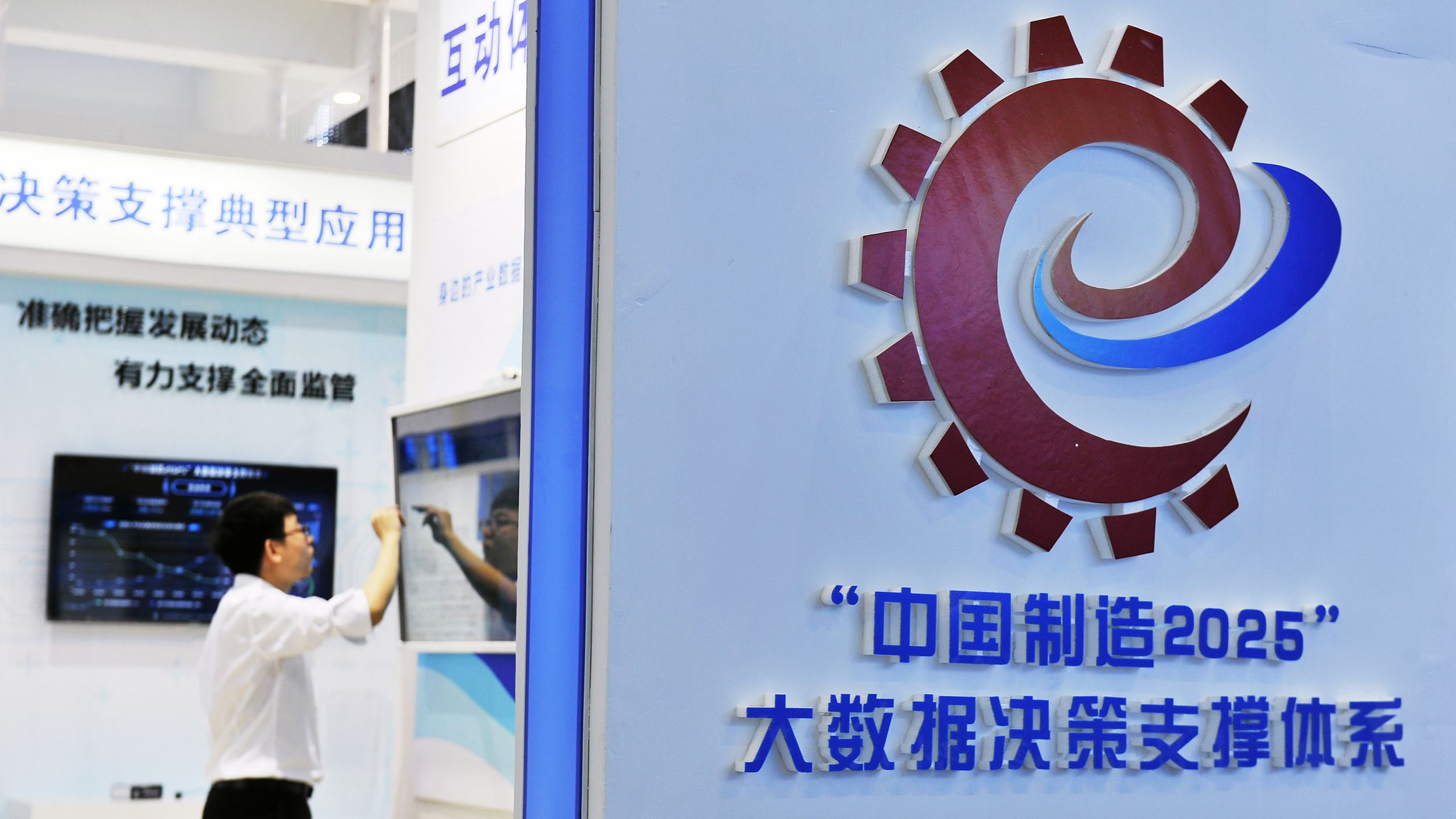
18:03, 28-Feb-2019
Highlight - How to Interpret the Made in China 2025 Plan?

China has instituted a national plan of high-tech manufacturing, called Made in China 2025, which is viewed by other countries, particularly by the United States, as a government-subsidized initiative to support Chinese companies and to exclude foreign companies. What is the purpose of Made in China 2025? What is its significance? Li Yong, former Vice President of China Association of International Trade, spoke with Robert Lawrence Kuhn.

"Made in China 2025" big data decision support system in the exhibition area of the Ministry of Industry and Information Technology at the first summit of Digital China Construction Program held in Fuzhou, Fujian Province. Photo taken on April 21, 2018 / VCG Photo
"Made in China 2025" big data decision support system in the exhibition area of the Ministry of Industry and Information Technology at the first summit of Digital China Construction Program held in Fuzhou, Fujian Province. Photo taken on April 21, 2018 / VCG Photo
“China attaches great importance to Made in China 2025 - in terms of national strategies and scenarios of developing world-class, advanced technology — which is an ambition that China has long had. The Chinese government is actually thinking of making Made in China 2025 part of a global system, leveraging international cooperation. What seems to be a blow to China recently is that if we really do this kind of thing, whether such international cooperation is going to be like the case of ZTE, where critical components could be cut off in the future as part of a trade dispute or even for some other contingent differences, in which case China’s national security could be compromised. These are our concerns. But when China is talking about the program of Made in China 2025, China is still saying that it is not specifically designed to exclude foreign companies. It means that if foreign companies want to really contribute to China, they are going to be treated fairly and equally.”
SITEMAP
Copyright © 2018 CGTN. Beijing ICP prepared NO.16065310-3
Copyright © 2018 CGTN. Beijing ICP prepared NO.16065310-3